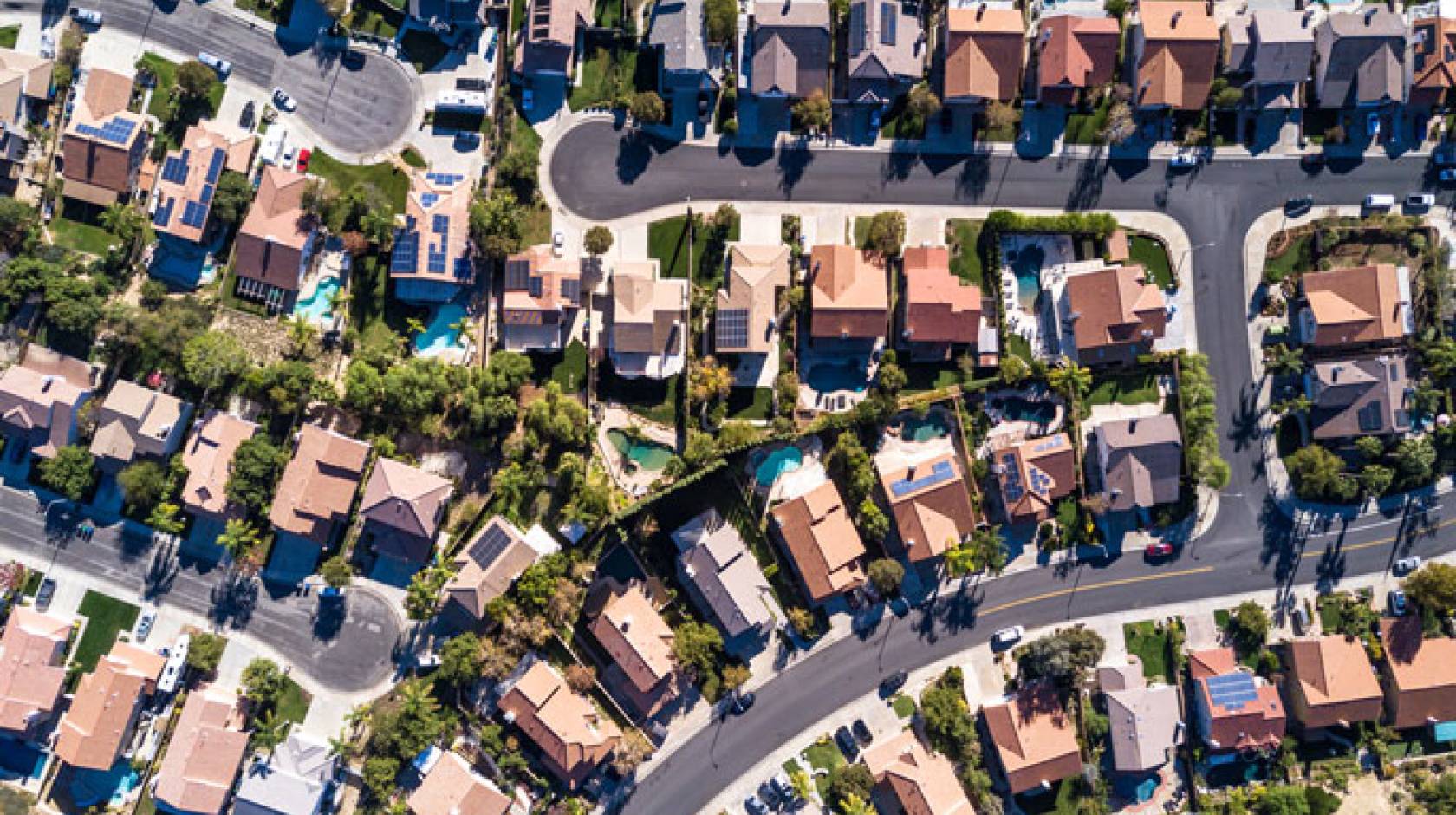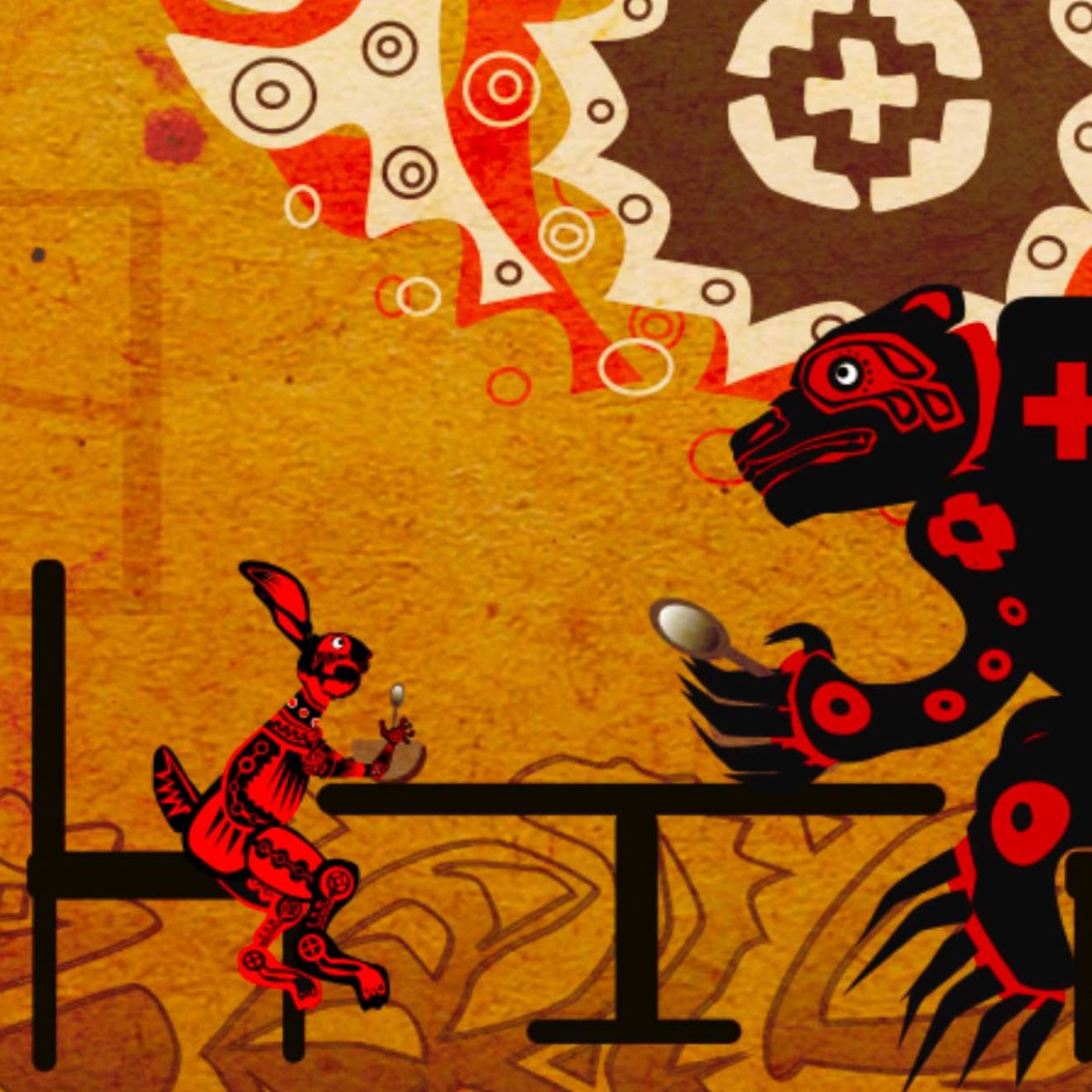Jennifer McNulty, UC Santa Cruz

Growing up in Michigan, Courtney Bonam moved from the predominantly black community of Oak Park to the predominantly white town of Ann Arbor. Her new middle school, which had the largest racial minority enrollment in the city, was dubbed the "ghetto school."

Credit: C. Lagattuta
Twenty-five years later, that language has stayed with Bonam, an assistant professor of psychology who studies racial stereotypes about physical space, including houses and neighborhoods.
"Calling it the 'ghetto school' was coded language — racialized language — for the 'black school,'" said Bonam, a social psychologist who joined the faculty this fall. "Each time someone called my school 'ghetto,' they were implicitly reaffirming a mental link between black and undesirable."
Through a series of experiments and surveys, Bonam has explored the assumptions people make about neighborhoods and schools that are either predominantly black or white, and she has uncovered racial bias in the way people perceive communities. An early experiment revealed that people attribute negative characteristics to black neighborhoods, including "crime-ridden," "rundown," and "impoverished." By contrast, white neighborhoods were described as "safe," "well-maintained," and "wealthy." More recent work yielded similar splits whether people were asked to describe black and white areas that are middle-class or lower-class.
"I don't think these findings are surprising at all, but it's really important to identify them and write about these patterns," said Bonam. "People don't usually think of physical spaces as potential targets of racial stereotyping, but they are."
Bonam's findings broaden our understanding of the psychological processes of stereotyping, and the insidious ways racism operates in society: They reveal racially biased thought patterns that likely help determine property values and the desirability of entire neighborhoods, and that shape land use decisions, such as where schools, parks, industrial facilities, transportation corridors, and other infrastructure are placed. Ultimately, the health, safety, and wellbeing of residents of predominantly minority neighborhoods may be at stake.
"What we're identifying is an example of racism that most people don't think of as racism," said Courtney Bonam, an assistant professor of psychology. "These findings don't necessarily involve racial animus, or negative feelings toward black people. It's a more insidious thought process that doesn't necessarily involve thoughts about people at all." (Photo by C. Lagattuta)
A different form of racism
Another of Bonam's experiments asked respondents to consider a proposal to build a potentially hazardous chemical manufacturing facility near a residential area. Half the participants were told the neighborhood was mostly black; the others were told the plant was proposed for a majority white area. When respondents thought the neighborhood was black, they were less likely to oppose building the chemical plant.
Bonam doesn't necessarily attribute these outcomes to overt racism directed toward black people. Rather, she explains that people can have racial biases about space that are independent of how they feel and think about people.
For example, although most of Bonam’s studies have been conducted with national samples, space stereotyping was also evident in a study she conducted with white and Asian residents of the San Francisco Bay Area, which is known for being diverse, liberal, and espousing racially egalitarian values. "They were still stereotyping," she said.
"What we're identifying is an example of racism that most people don't think of as racism," she explained. "These findings don't necessarily involve racial animus, or negative feelings toward black people. It's a more insidious thought process that doesn't necessarily involve thoughts about people at all."
Bonam calls this process an "unchecked form of racial bias." Many people are motivated to control their biases — to try to be racially egalitarian toward people. Bonam’s findings indicate that people are less likely to control their biases toward physical spaces.
Next up: urban planners and schools
In her next project, Bonam has begun interviewing urban planners in an effort to learn more about how to mitigate the impact of these thought processes on land-use decisions that reinforce racial disparities in access to healthy neighborhoods and amenities like parks and grocery stores.
Bonam is also interested in the presence of schools, especially elementary schools. "Research shows that children throughout the country are more exposed to environmental pollution, especially air pollution, than we might think should be the case given that they’re a vulnerable population," she said. "Children in schools in minority neighborhoods are overexposed relative to children in white schools." Racial stereotypes toward black neighborhoods could be contributing to this overexposure, which she noted can negatively impact academic achievement.
Although most of Bonam's work to date has focused on black and white neighborhoods, she sees evidence of racial stereotyping of Latino, Arab American, American Indian, and Asian American areas. She plans to explore the consequences of space stereotyping for these groups as well.
Civil rights violations
Bonam's findings have been featured in two amicus briefs filed by the Equal Justice Society in race-discrimination cases regarding housing and environmental decision making in Texas and New Jersey. Her research may help shift the legal standard for a civil rights violation from "discriminatory intent" to "disparate impact."
"It's harder to prove intent — that people intended to discriminate — which is the more commonly accepted standard," she explained. "Disparate impact just means that policies have disparate impacts on different populations. When using this standard, courts are saying that, even if unintentional, policies shouldn't disadvantage one group and privilege another."
"My work is being used to argue for the disparate impact standard, because it shows you don't really need to be intentional in your biased behavior to still be engaging in racial discrimination," she added.
Education is the path to change
Bonam hopes that greater awareness of racial bias and stereotyping toward spaces will lead to change and greater equity.
But she also acknowledges that breaking down these stereotypes may be challenging, in part because some patterns of racial disparity seem consistent with stereotypes she has identified. For example, compared to white Americans, black Americans are more likely to live in high-poverty neighborhoods. That pattern is consistent with the "black areas are poor" stereotype. But she points out that most black Americans do not live in high-poverty neighborhoods.
"Poverty is not an essential quality of black neighborhoods," she said. "It's the cumulative effects of decades of federal and local policies that cut off black people’s access to resources, like home mortgages and well-resourced schools, that has led to the overrepresentation of black people among high-poverty neighborhoods."
A recent, brief intervention study by Bonam and her colleagues underscores how learning this critical history could help facilitate social change.
In the experiment, some white participants listened to a short clip from the National Public Radio program "Fresh Air," during which historian Richard Rothstein discussed his research on the role of racially discriminatory housing policy in the creation of black U.S. ghettos. Most participants reported learning something new, which in turn made them more likely to acknowledge that systemic racism is a problem today. This shift is important because defining racism as systemic, rather than episodic, predicts greater anti-racist social action.
Bonam plans to test the idea that learning the full history of U.S. housing policy will help counteract racial stereotypes about neighborhoods and the places people learn, work, and play.
"Education is one of the best chances we have for changing the way people think about race relations and racial inequality," she said. "It's really our best shot."

